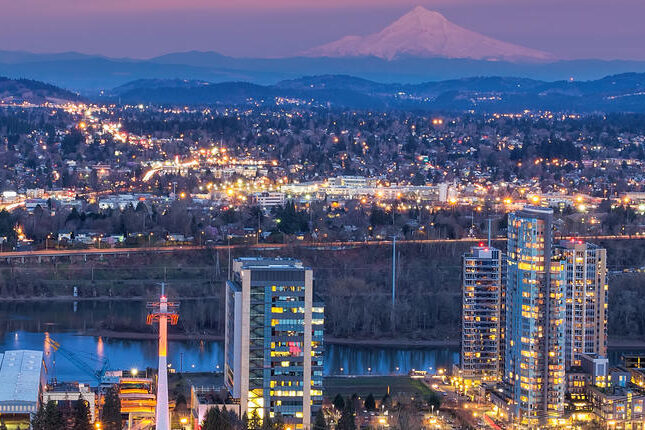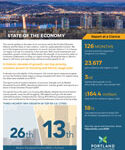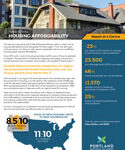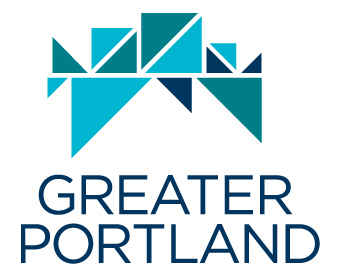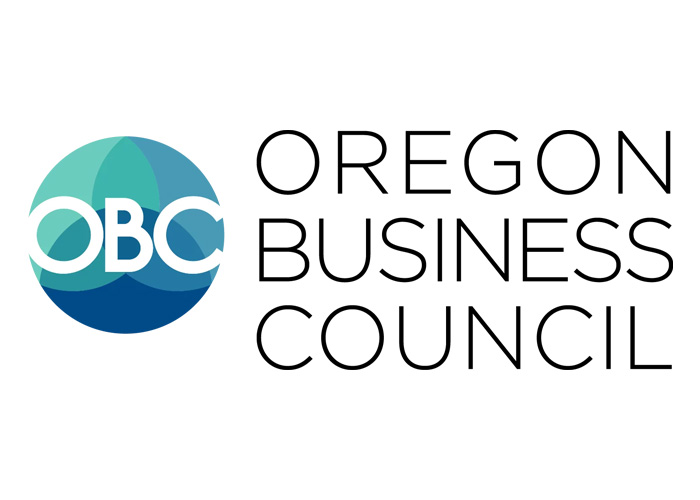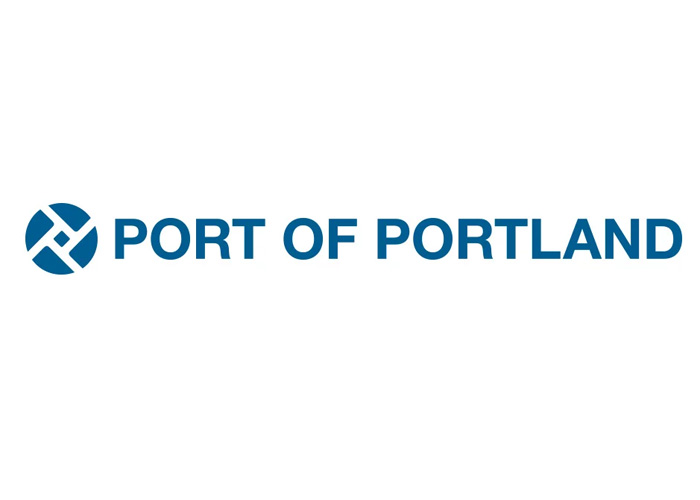This annual update on the state of our economy, led by the Portland Business Alliance and the Value of Jobs coalition, marks an unprecedented moment. We are in the longest economic expansion on record. And yet, there’s a 1-in-3 chance our region is at risk of a recession in the next year. With record employment and population growth continuing, albeit slower, the strength of our economy relies on continued collaboration to keep our region moving, allowing families to afford a place to call home, and supporting commerce and prosperity for all.
A decade since the depths of the recession, this annual report measures progress on how the Portland metro region is doing compared with other U.S. regions using the latest data available since 2019.
The report looks at trusted indicators of economic strength such as Median Household Income (MHI), educational attainment, industry growth and exports as a share of Gross Domestic Product (GDP).
Our special focus this year is on housing affordability. Despite record and historic income growth, many are still struggling. Affordable housing is the decade’s unfinished business. Underproduction during 2010-2016 put upward pressure on rents, and contributed to the housing and homelessness crises we’re facing today.
Related Report
Record Economic Expansion
The record economic expansion that started in June 2009 has moved Portland up the ladder by several factors.
Portland’s MHI had the largest increase of any metro in the top 100 since 2010, jumping from 26th to 13th overall. Today, our region’s MHI is on par with cities such as Austin and Salt Lake City.
Since 2010, businesses in the region have expanded. Nike added six new buildings to its World Headquarters, and overall the footwear and apparel cluster has flourished. Intel cemented Hillsboro as the company’s center for research and development, and the technology sector expanded from its roots in electronics to software development. Investments by Vigor and Greenbrier, and others have supported well-paid, traded sector jobs. A thriving tourism economy has fueled growth in our region’s food and beverage industries.
More people are living here, and they’re more educated overall. Since 2010, the number of adults with an associates degree or higher grew by 8%.
Prospersity & Productivity
Coming out of the recession, Portland and Seattle followed similar growth paths. That changed in 2018 when Seattle continued an upward trend in employment, while Portland grew slightly slower.
Job growth in Portland continues to trend down relative to its peak in 2015 due to declining demand in the construction and manufacturing sectors. See Figure 1. At this stage of the business cycle, a slowdown is common. And yet job growth continues to outpace the nation: Portland grew by 2% compared to the U.S. average of 1.6%.
The employment-to-population ratio is a key metric for evaluating the health of an economy’s labor market. This metric accounts for population growth, which is important for a region like Portland, that has experienced more people moving here (or in-migration) in recent years. While Portland has relatively robust job growth, the share of total population employed is lower as compared to other peer cities at 48%. See Figure 2.
Individuals seeking the quality of life our region offers, may be willing to move without a job in-hand. However, as our focused analysis of the housing market points out, wages have simply not kept pace with rising rents. Additionally, as more aging baby boomers start to retire, we expect Portland will continue to see more native retirees and migrant retirees who are seeking a less expensive city than where they came from. Retirees are expected to continue to lower Portland’s employment-to-population ratio in the years to come.
Opportunity & Affordability
One promising sign of economic health is how the gains from economic growth are distributed across the population. Incomes as a whole have increased in Portland. Minimum wage increases, job growth, and a tight labor market are helping boost incomes above the U.S. average, especially those earning between the 5th to the 65th percentile.
More jobs mean more people with incomes. A tight labor market gives bargaining power to employees, allowing people to leverage higher pay. And yet, Portland’s income distribution is less than the U.S. average at the higher income percentiles. This is partially because our region does not have the same corporate growth in technology firms compared to Seattle, or rapid wage growth in the highest income brackets compared to other larger metro areas. See Figure 3.
Though Portland’s aggregate economic indicators show signs of continued health and gains are being made at the lowest income brackets, the region’s communities of color have not shared equally in the region’s economic growth. African American and Hispanic or Latinx households remain at the bottom for MHI. However, African American households saw the largest growth of income from 2010 to 2018, with an annual average growth rate of 5.5%. Hispanic or Latinx households are slowly gaining ground, MHI increased by 3% last year, but overall remains relatively flat. See Figure 4.
Industry Growth
Portland is still outpacing the U.S. average for overall growth. Jobs at startups continue to increase, trending closer to pre-recession numbers. While many key indicators have slowed or plateaued, industries like manufacturing are outpacing the U.S., and economic expansion has increased domestic and global demand for products made here. See Figure 5.
Our region’s proximity to three major ports and airports helps facilitate and expedite the transfer of goods and services. Specifically, aerospace, metals, machinery, and semiconductor manufacturing have grown, accounting for 60% of all manufacturing jobs in Portland. Notably, these sectors are not subject to tariffs, have a huge demand by our largest export markets, and added 2,587 jobs in Portland from 2018 through the second quarter of 2019. See Figures 5A & 5B.
Why this Matters
We are in uncharted waters. This is the longest economic expansion in U.S. history. The concern of a recession began in late 2018, but confident consumers have fueled continued growth. Today, economists put the chance of another recession at 1-in-3 in the next year.
Gains at this stage of a business cycle are harder to come by. The market is tight, and businesses have to work harder to find skilled labor. Job and population growth have slowed, and are unlikely to return to levels from a few years ago. At this point in the cycle, sustained, slow growth is a win.
A decade in, this report continues to serve as a key tool for elected leaders and stakeholders to identify opportunities for sustainable collaboration and grow a world-class region that continues to thrive and offer prosperity for all.
It’s important our region continues to take advantage of gains our growing U.S. economy is willing to offer. We have a history of tapping the brakes at the end of expansions. Twenty years ago, at the end of the second longest expansion in U.S. history, growth-fatigued policy makers asked companies to stop creating jobs. That mindset didn’t make sense then and it doesn’t make any sense today. We need to finish strong.
This report is thanks to the generous support of:
